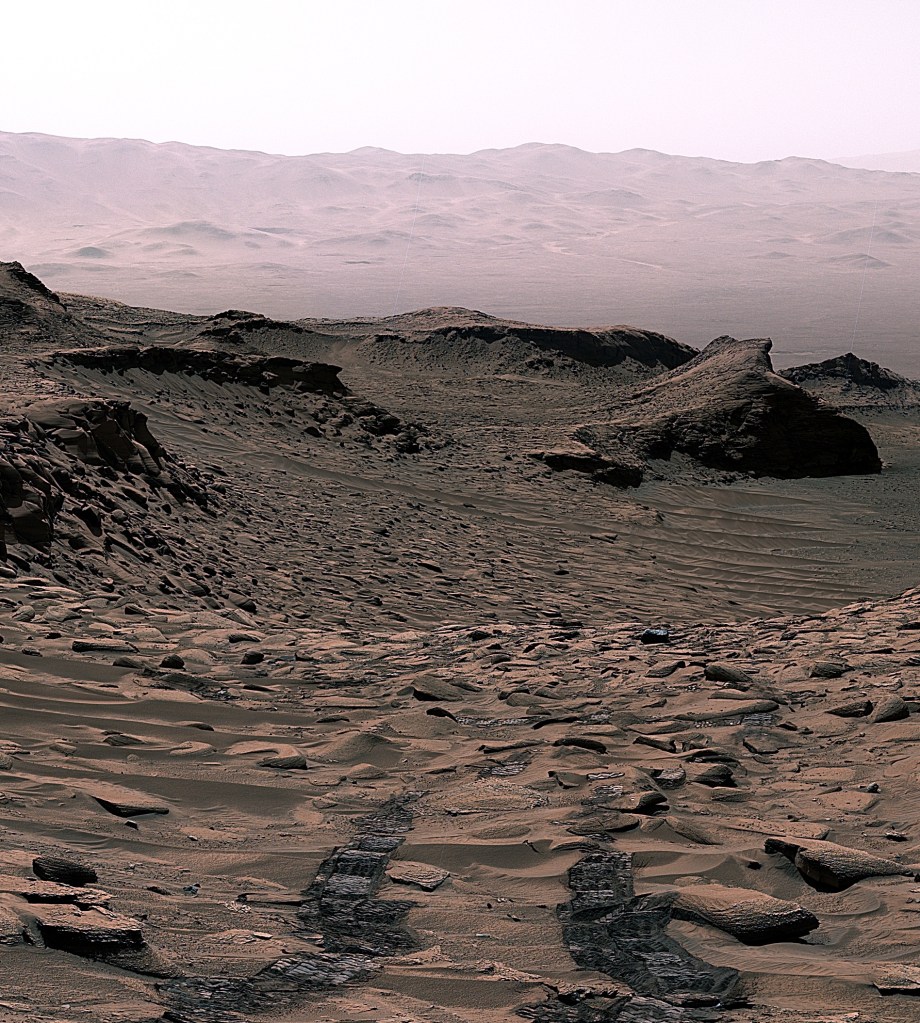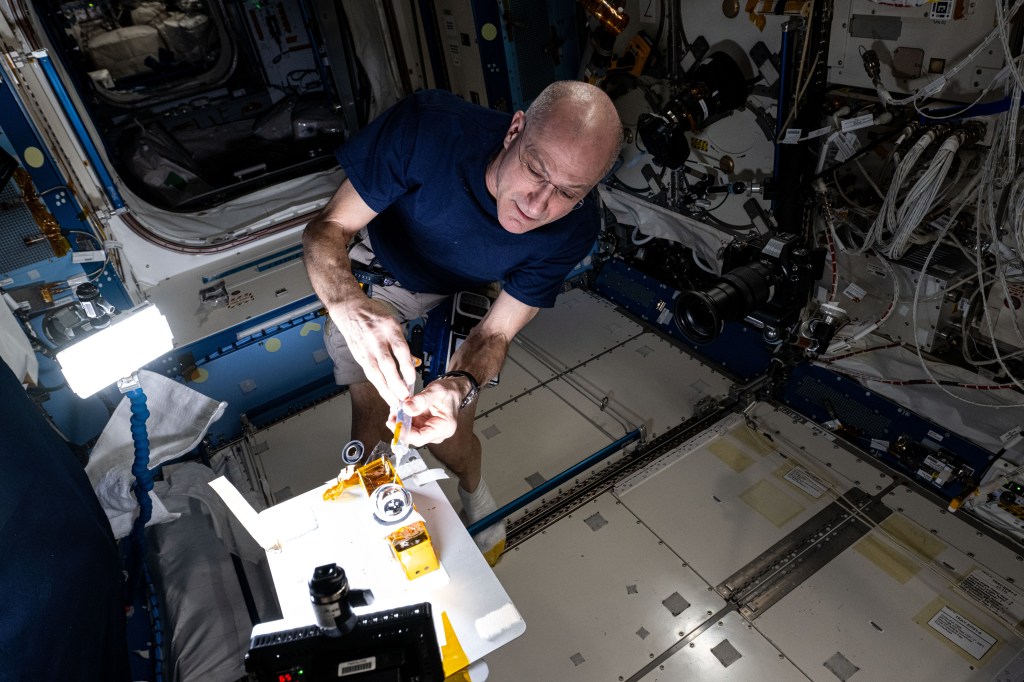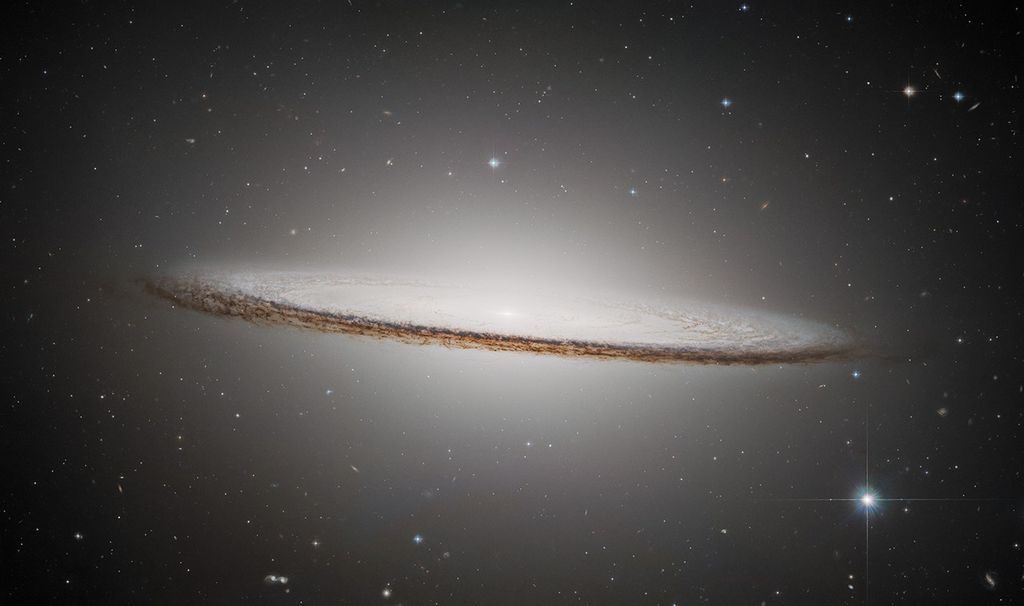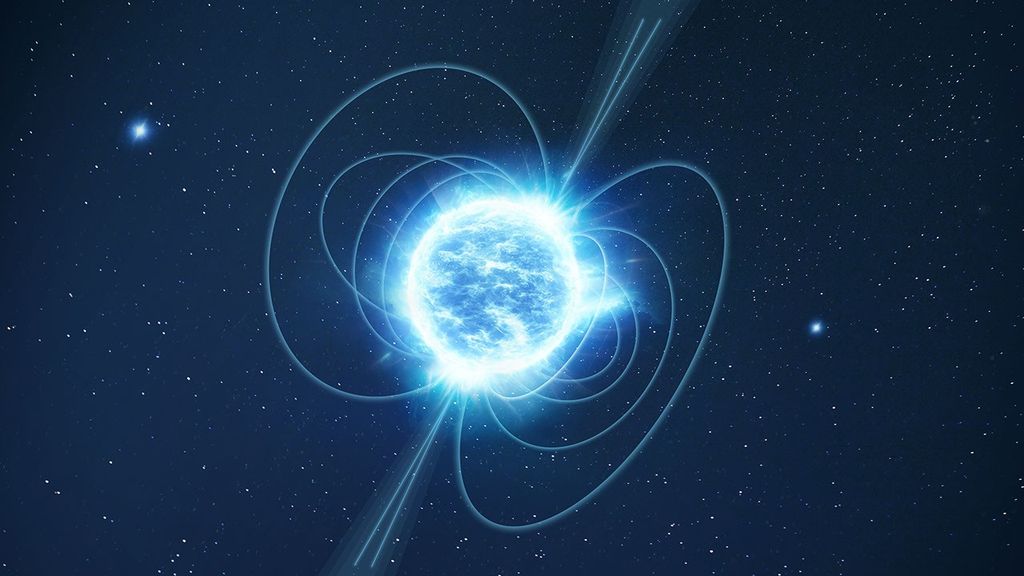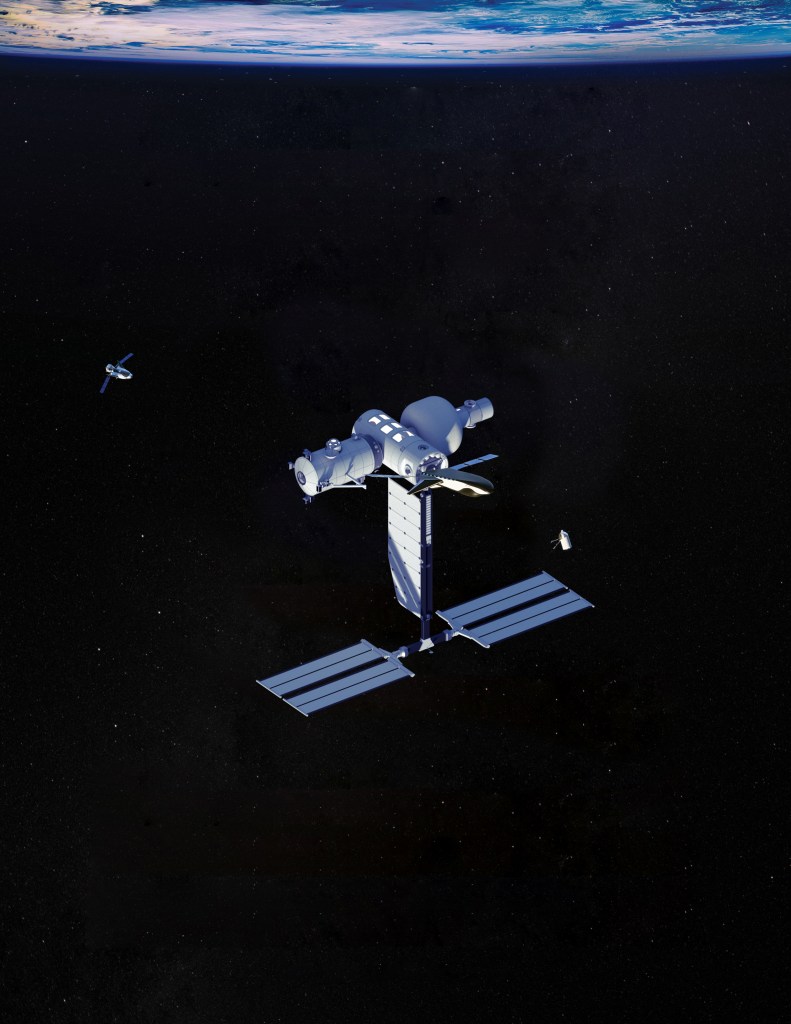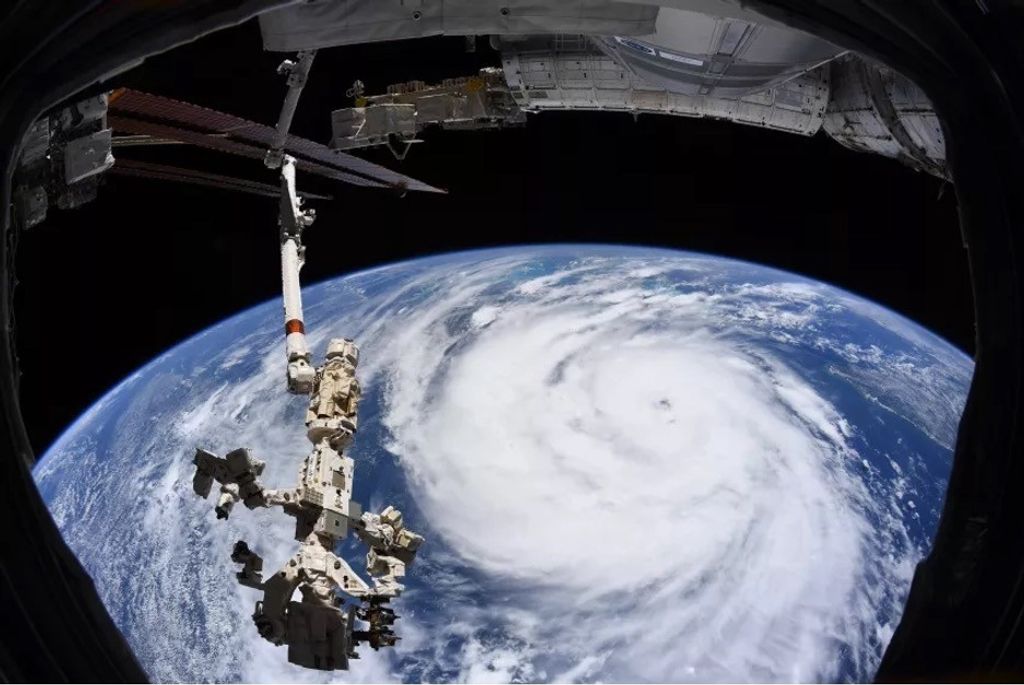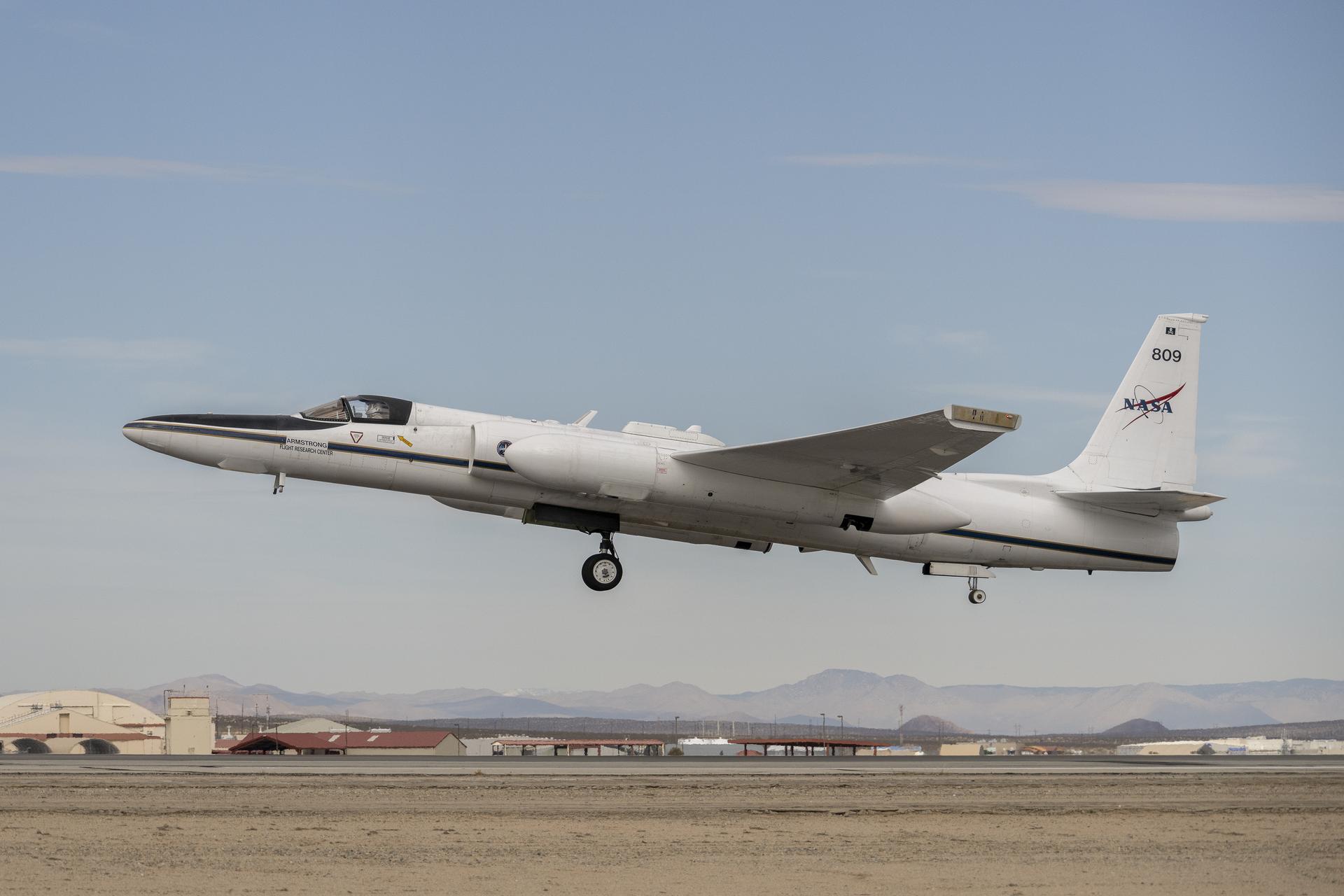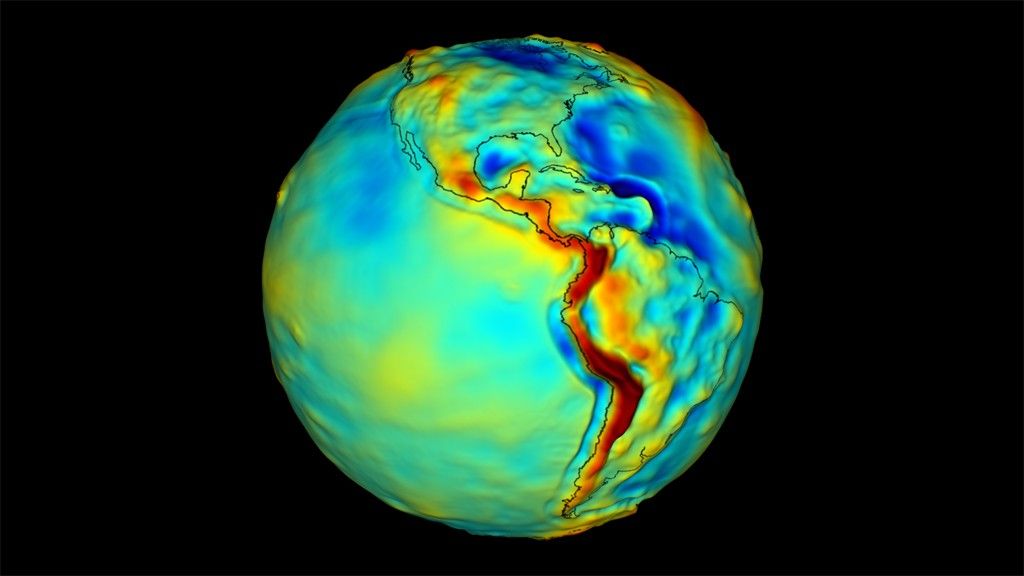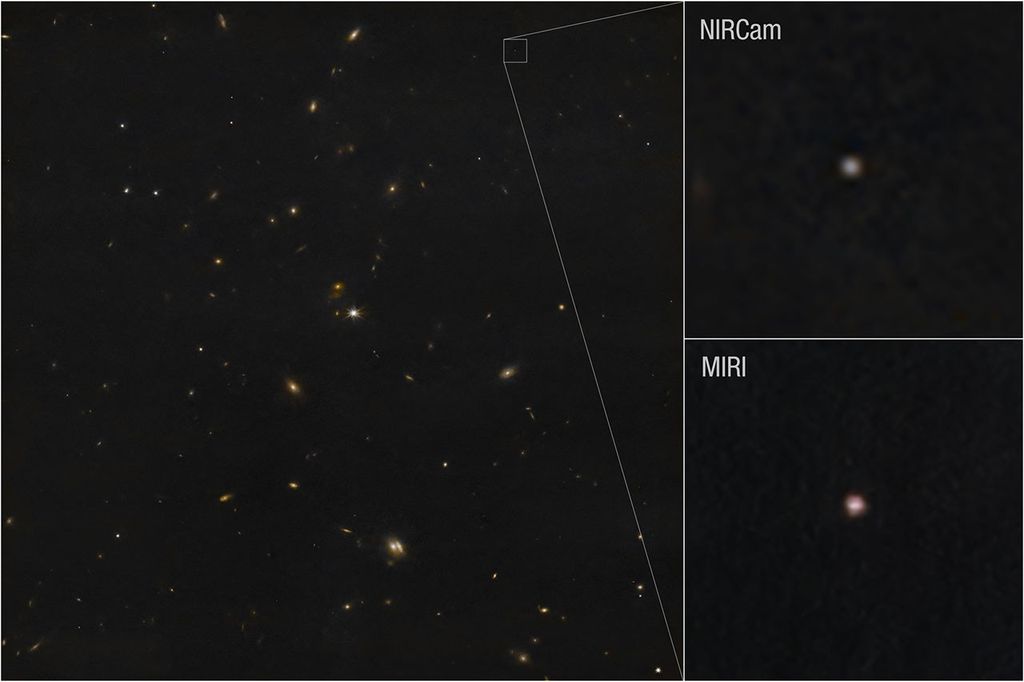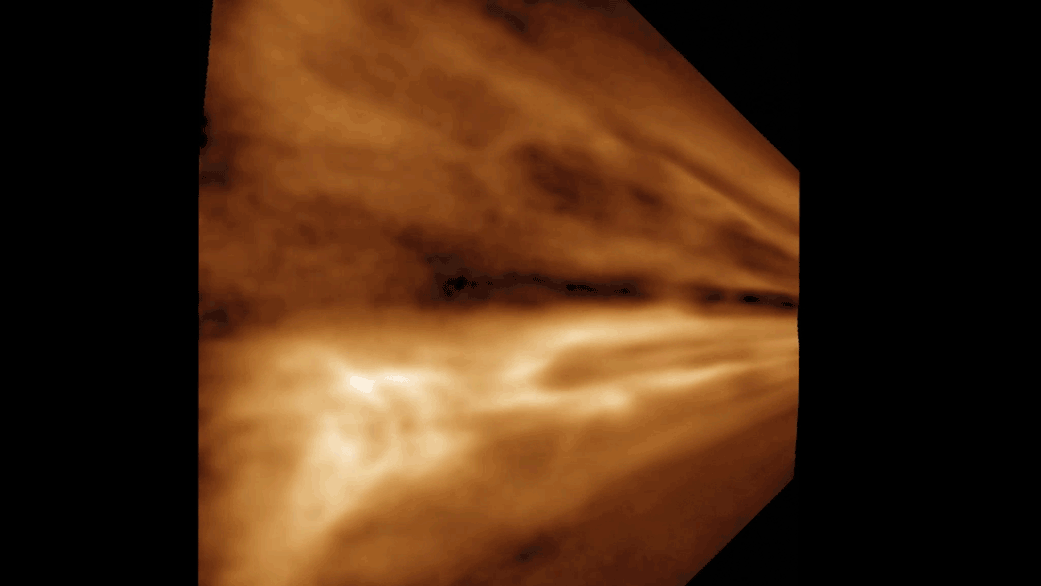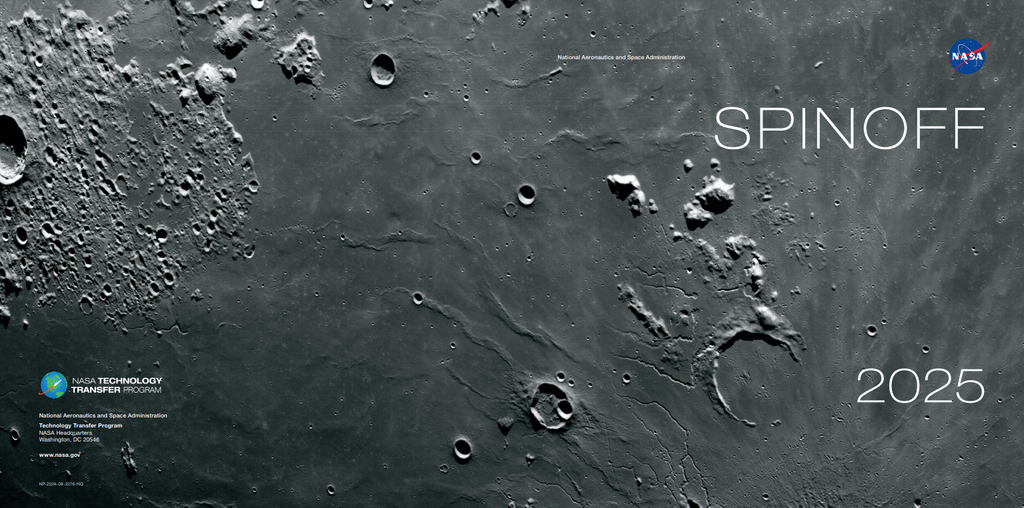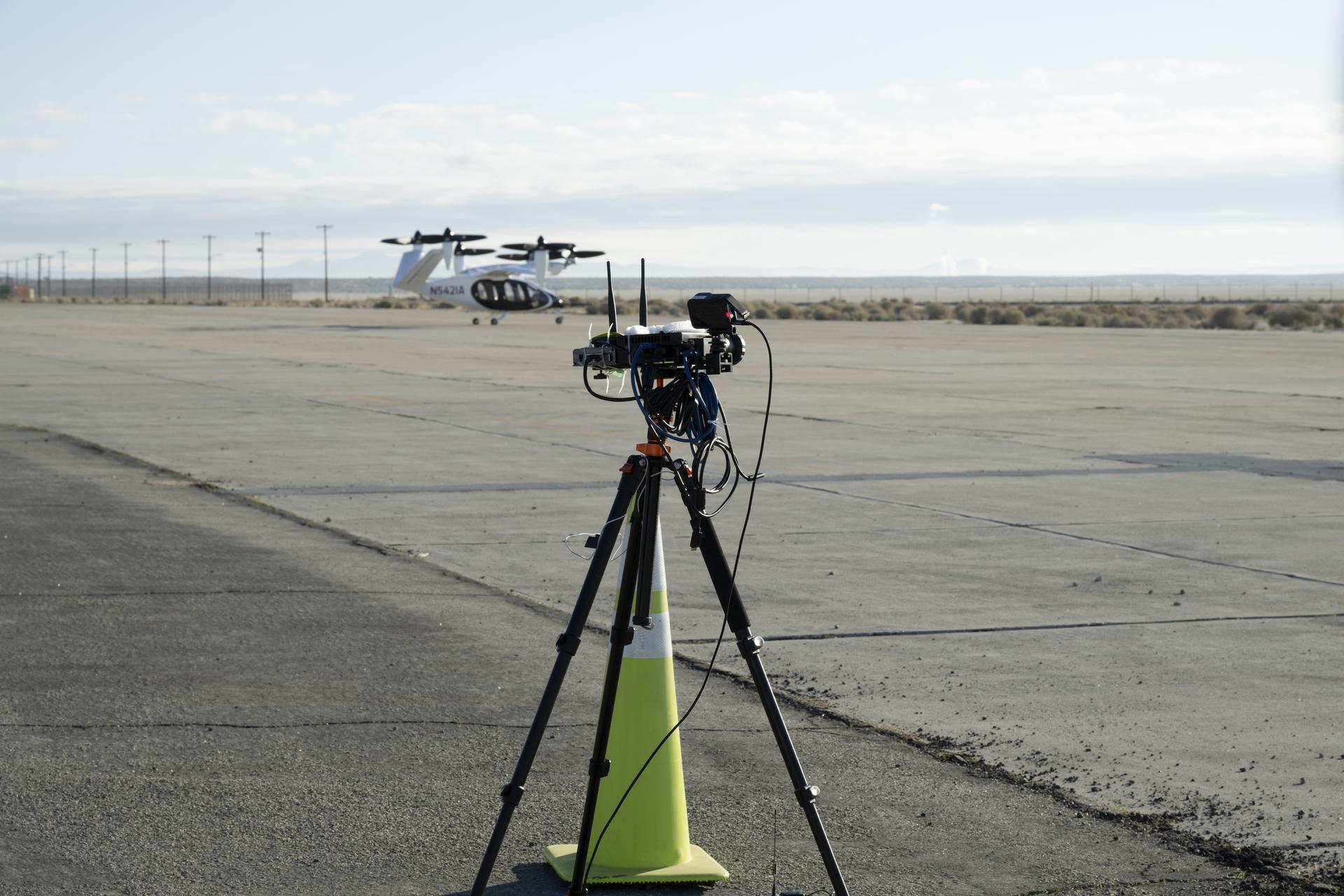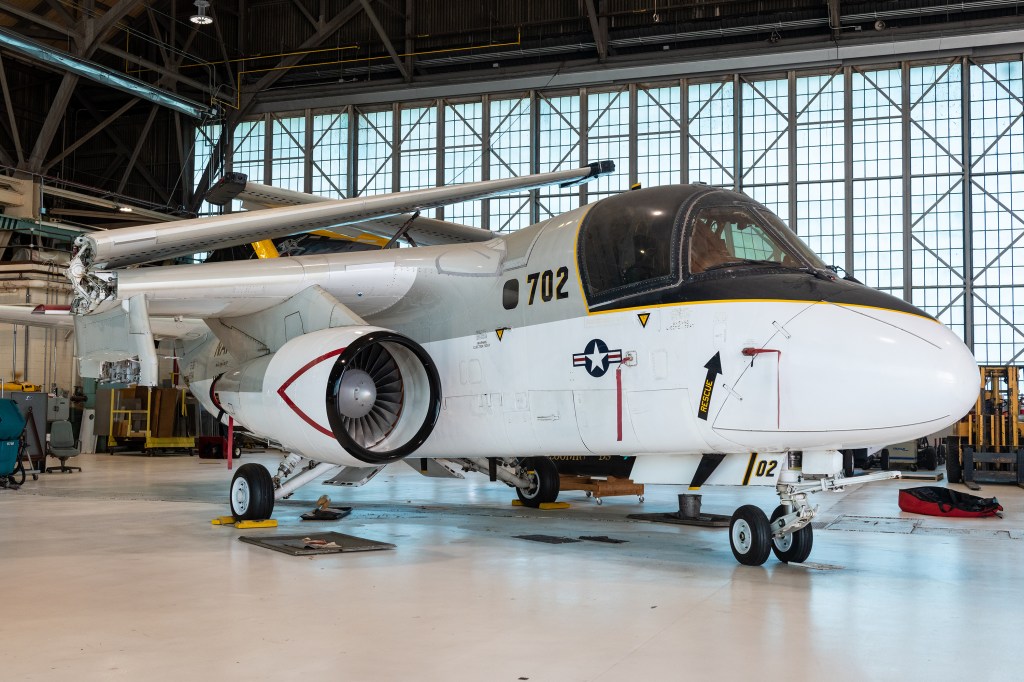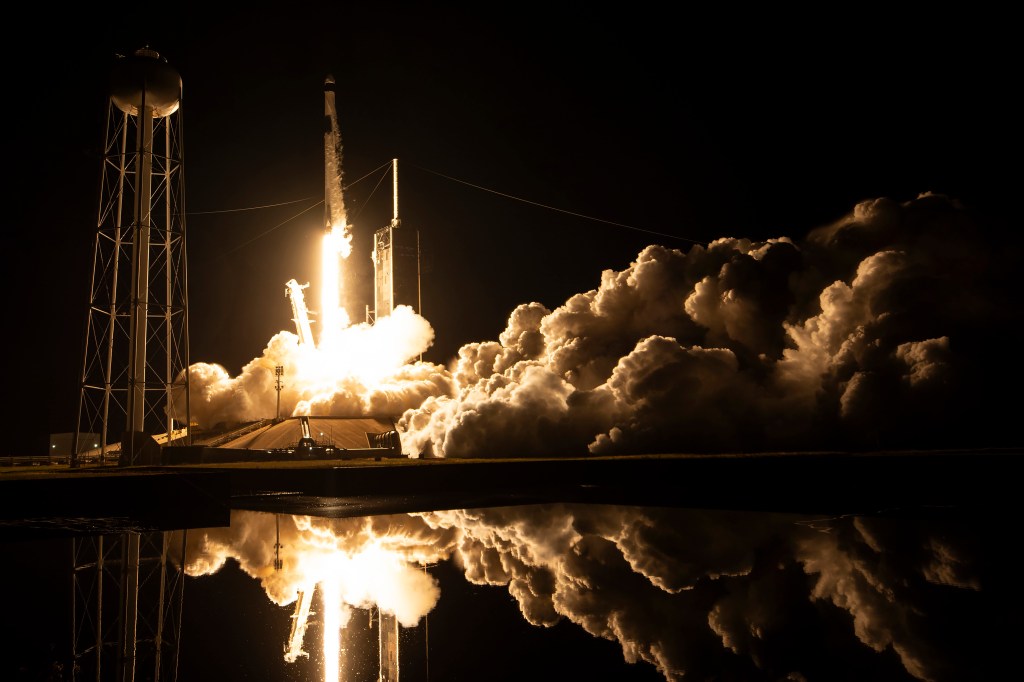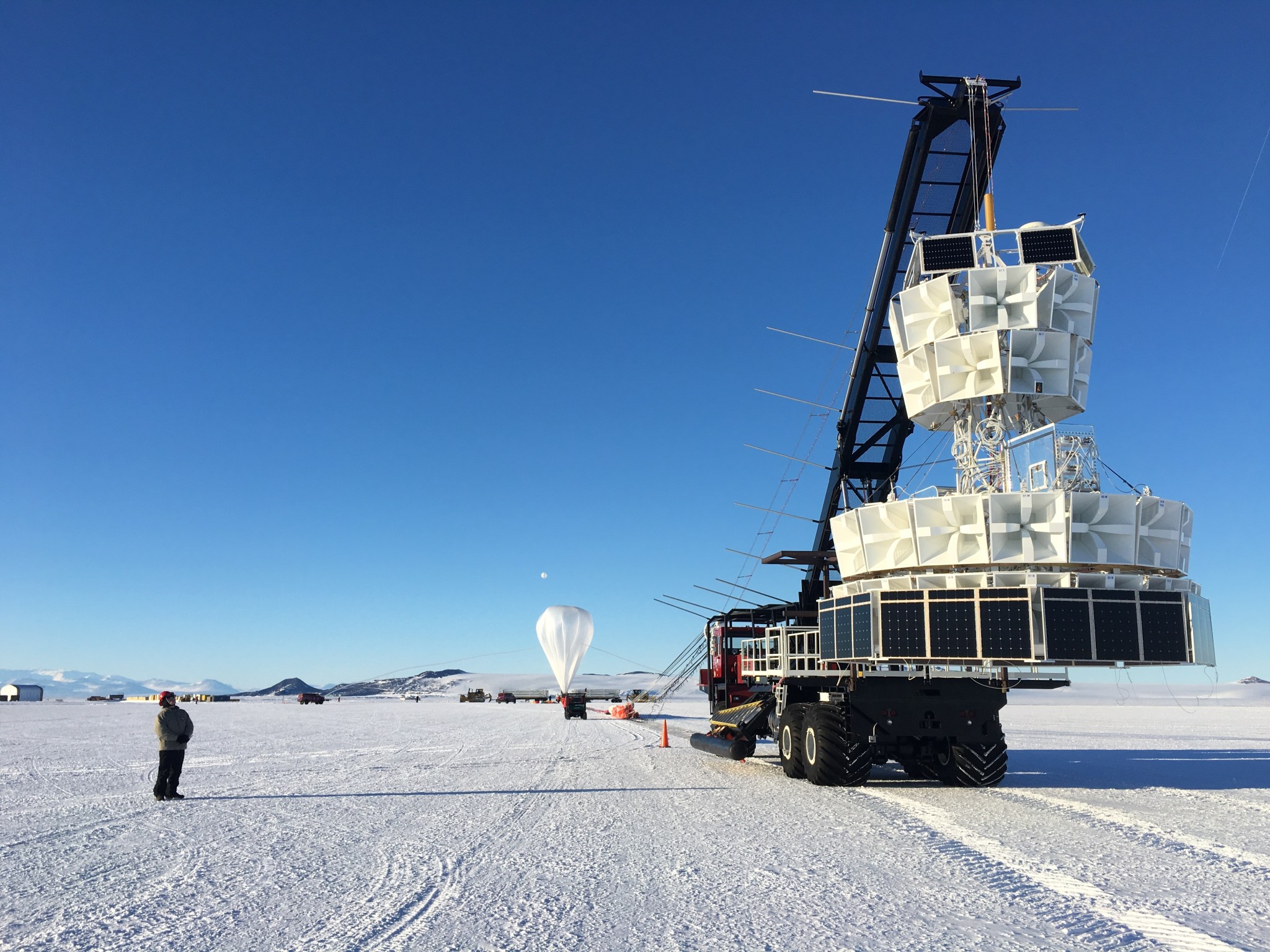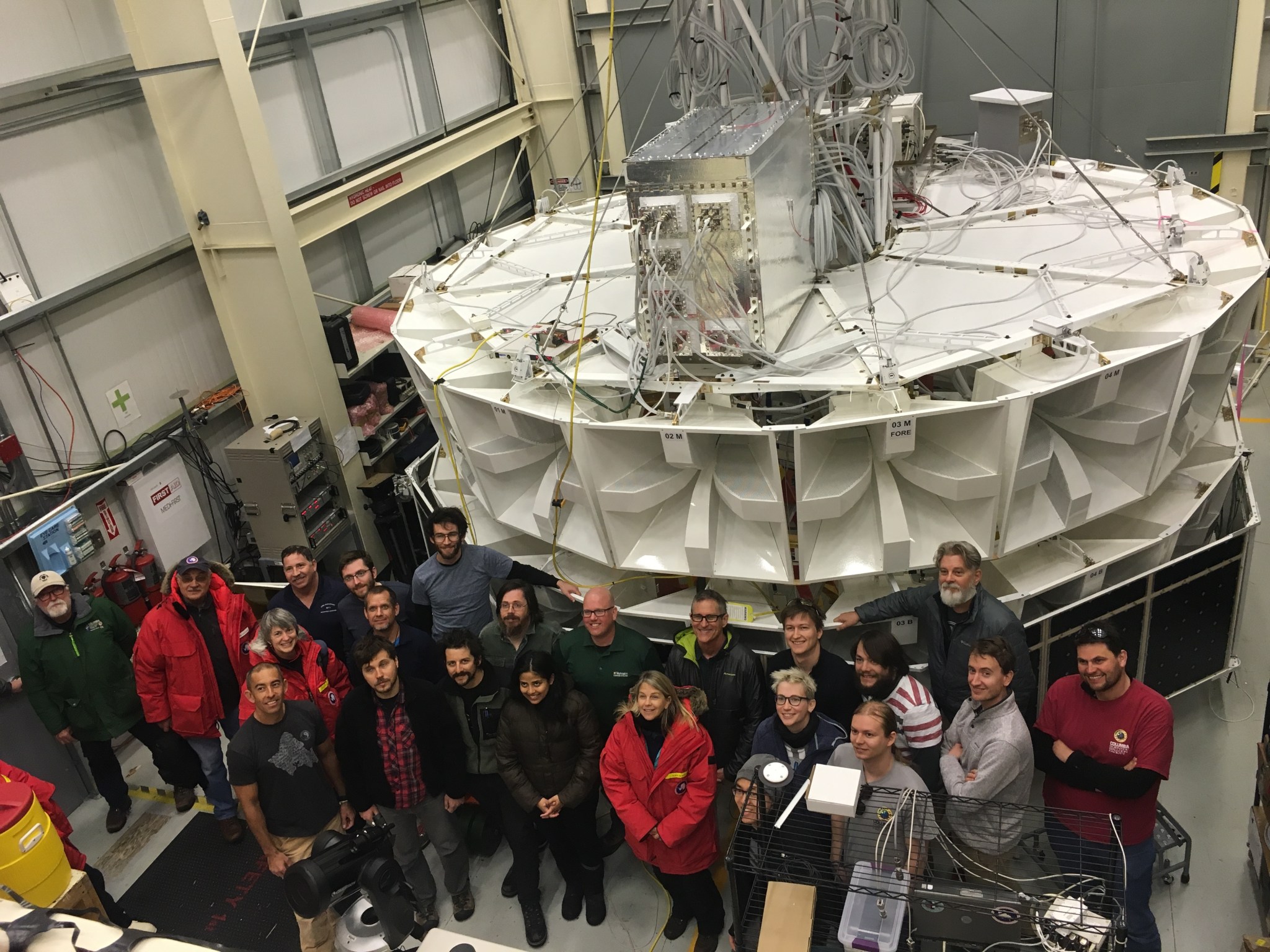The second of three missions as part of NASA’s Antarctica Long Duration Balloon Flight Campaign was successfully launched at 8:10 a.m. EDT, Dec. 2.
The Antarctic Impulsive Transient Antenna (ANITA) from the University of Hawaii at Manoa was launched from Antarctica’s Ross Ice Shelf near McMurdo Station with support from the National Science Foundation’s United States Antarctic Program.
Scientists will use ANITA’s instruments to study the reactions in the core of stars and as they explode via the release of neutrinos that travel to Earth and interact with the Antarctica ice.
“The launch of the ANITA went extremely well,” said Gabe Garde, NASA mission manager. “The entire team has been working together to allow us to conduct the first two flights in this campaign early in the launch window and the third flight is on schedule for a mid-December launch, weather permitting,” he said.
The University of Maryland’s Boron And Carbon Cosmic rays in the Upper Stratosphere (BACCUS) payload was launched Nov. 28. The third mission is the Stratospheric Terahertz Observatory (STO-II) from the University of Arizona.
NASA’s Wallops Flight Facility in Virginia manages the agency’s scientific balloon flight program with 10 to 15 flights each year from launch sites worldwide. Orbital ATK, which operates NASA’s Columbia Scientific Balloon Facility, provides mission planning, engineering services and field operations for NASA’s scientific balloon program. The CSBF team has launched more than 1,700 scientific balloons in the over 35 years of operation.
Anyone may track the progress of NASA’s Antarctica scientific balloon flights via online tools that provide altitude and speed as well as a map showing the balloon’s real-time location, at: https://www.csbf.nasa.gov/antarctica/ice.htm.
For more information on the balloon program, see: https://www.nasa.gov/scientificballoons.
Keith Koehler
Wallops Flight Facility, Virginia
keith.a.koehler@nasa.gov

